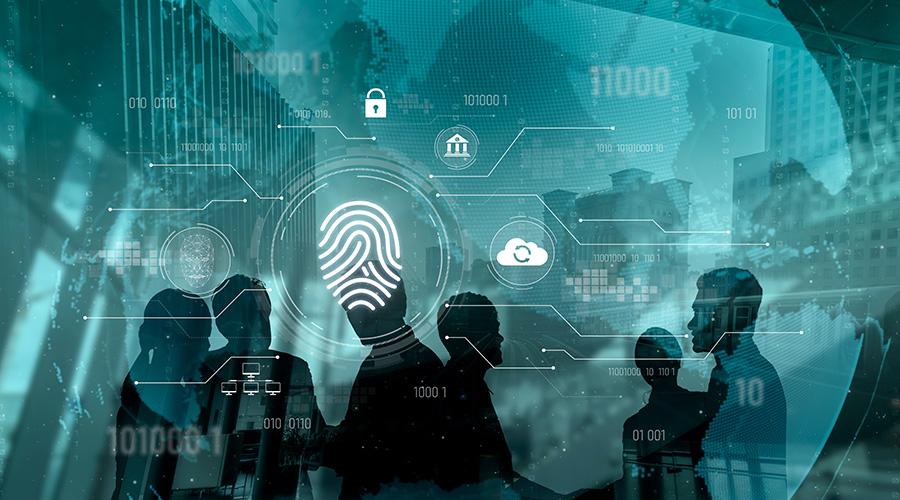|
Energy Focus, Inc., a producer of LED lighting technologies, has introduced a linear LED lamp that produces substantially lower radiated and conducted emissions than standard LED lamps of the same size and wattage. The new “Invisitube” is the first LED lamp introduced to the market that’s been proven to improve efficiency, measurement accuracy and costs for work areas that are sensitive to electromagnetic interference (EMI).
“The Invisitube is the latest entry in Energy Focus’ growing portfolio of industry-leading, high-performance LED lighting solutions,” said Ted Tewksbury, Chairman, President and CEO. “It is yet another example of how we are using technological innovations to address unmet customer needs and solve the industry’s toughest problems.”
The first version of the Invisitube lamp released (part number LEDFLT8-840-413-INVF) is a 13 watt, four-feet-long retrofit tube that can replace T8 and T12 lamps and provides flicker-free illumination. It employs emission suppression technology originally developed for the U.S. military, and meets MIL-STD-461 (Requirements for the Control of Electromagnetic Interference Characteristics of Subsystems and Equipment) and ANSI standards. It features an oval extruded aluminum body and a frosted polycarbonate lens, and produces a 4000K color temperature and 1560 lumens of luminous flux.
According to Brian Danison, Energy Focus’s Director of Engineering, Invisitube is ideal for applications and environments that require lighting that produces ultra-low levels of EMI. He notes, “Lighting is one of the most significant industrial producers of EMI, along with PWM amplifiers and DC drives, servo drives, variable frequency drives and switching of inductive supplies. Standard fluorescent lights, especially when many of them are in use simultaneously, can produce unacceptable levels of EMI that can inject unwanted noise into a variety of measurement systems. For example, in hospital magnetic resonance imaging (MRI) rooms, MRI technicians typically must turn off the lights when the system is operating to prevent EMI from interfering with getting good images.”
Other types of environments that can be negatively affected by EMI include university or industrial research labs that use highly sensitive test equipment. Other types of instrumentation that can be affected by high levels of EMI include scanning electron microscopes, radar equipment, encoders, tachometers, communication networks and components, programmable logic controllers (PLCs) and other microprocessor-based components.
For more information, visit our website atwww.energyfocus.com
|
 Why Identity Governance Is Becoming a Facilities Management Issue
Why Identity Governance Is Becoming a Facilities Management Issue Habitat Health Opens South Los Angeles PACE Center
Habitat Health Opens South Los Angeles PACE Center Denton County MHMR Center Suffers a Data Breach
Denton County MHMR Center Suffers a Data Breach What Every EVS Leader Needs To Know
What Every EVS Leader Needs To Know Blackbird Health Opens New Clinic in New Jersey
Blackbird Health Opens New Clinic in New Jersey